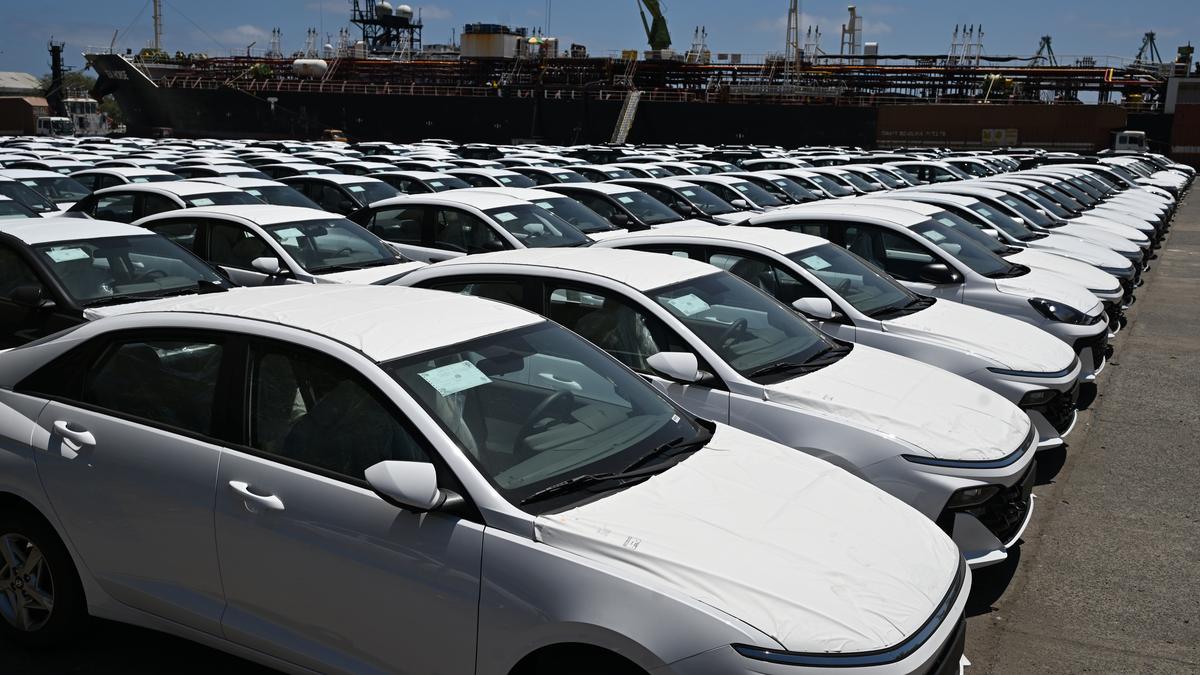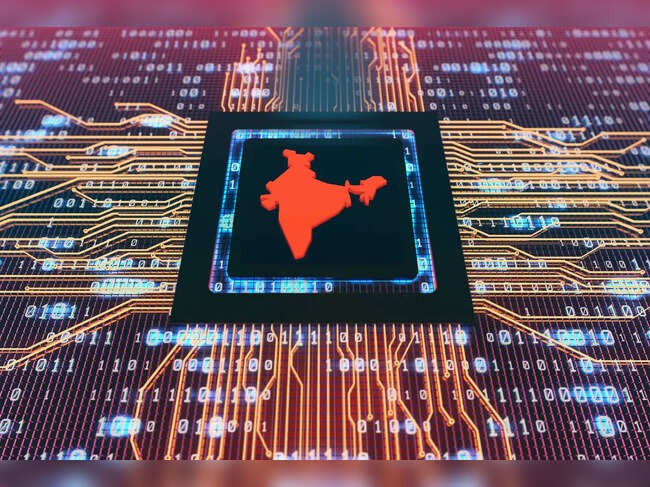



The SPMEPCI scheme by MHI offers 15% import duty on premium EVs, promotes local manufacturing through greenfield and brownfield investments, supports "Make in India," boosts EV adoption under FAME, aligns with climate goals, encourages FDI, and aims to drive economic growth, technology transfer, and job creation in India.

Copyright infringement not intended
Picture Courtesy: THE HINDU
The Ministry of Heavy Industries (MHI) announced the detailed guidelines for the "Scheme to Promote Manufacturing of Electric Passenger Cars in India" (SPMEPCI).
Concessional Import Duty => The government offers a reduced import duty of 15% on Completely Built-up Units (CBUs) of electric cars. Normally, import duties on CBUs are much higher (around 70% to 100%), making imported cars very expensive.
Minimum Value of Imported Cars => This concessional duty applies only to electric cars with a minimum Cost-Insurance-Freight (CIF) value of $35,000. This means the scheme targets premium electric cars initially.
Duration of Benefit => Manufacturers who get approval under this scheme can avail this concessional duty for a period of five years from the date their application is approved.
Cap on Imports => There is a limit on how many cars can be imported at this lower duty. The cap is set at 8,000 electric four-wheelers per year.
Carry-Over Provision => If a manufacturer doesn't use its full quota of 8,000 imported units in one year, the government allows them to carry over the unutilised number to the next year.
Inclusion of Brownfield Investments => Initially, the focus was only on greenfield investments (setting up entirely new factories). The scheme now allows brownfield investments; existing manufacturing plants can be repurposed or upgraded for EV production under this scheme.
"Make in India" and "Aatmanirbhar Bharat" => This policy directly aligns with the government's initiatives to boost domestic manufacturing and self-reliance, particularly in new-age technologies like EVs.
EV Adoption and FAME Scheme => It complements other government efforts like the FAME (Faster Adoption and Manufacturing of Hybrid and Electric Vehicles) scheme, which aims to increase EV penetration in India.
Climate Change Commitments => Promoting EVs is crucial for India to reduce its carbon footprint, decrease reliance on fossil fuel imports, and meet its international climate change commitments (like the Panchamrit targets).
Economic Growth and Job Creation=> Establishing an EV manufacturing ecosystem can lead to significant investment, technological advancement, and the creation of skilled jobs.
Attracting Foreign Direct Investment (FDI) => The scheme is designed to attract FDI from global EV players. The success of this policy will depend on how attractive these terms are compared to what other countries might be offering.
Must Read Articles:
Source:
|
PRACTICE QUESTION Q. "Electric vehicles are green only if the grid is green." Critically Analyze. 150 words |









© 2026 iasgyan. All right reserved